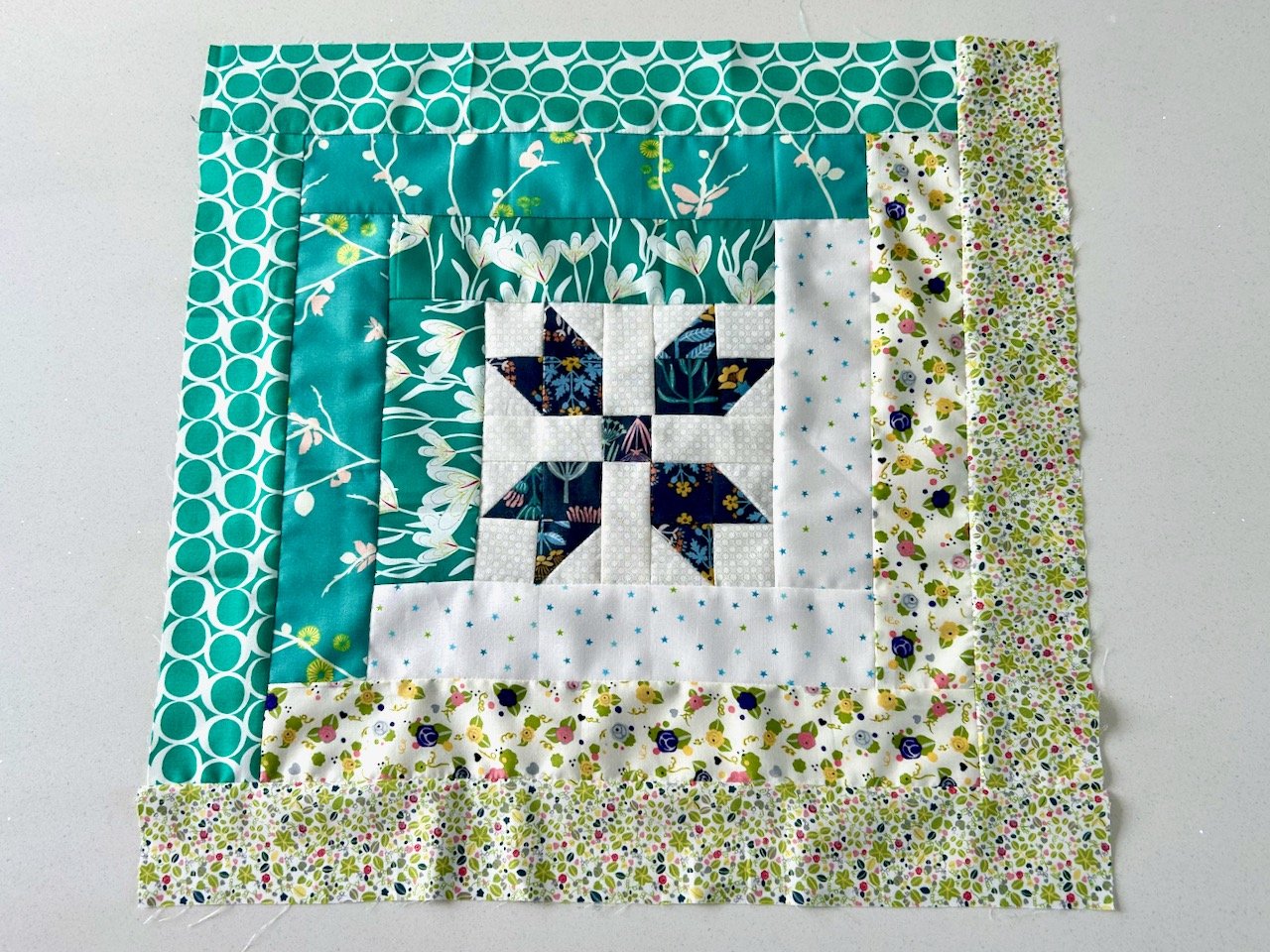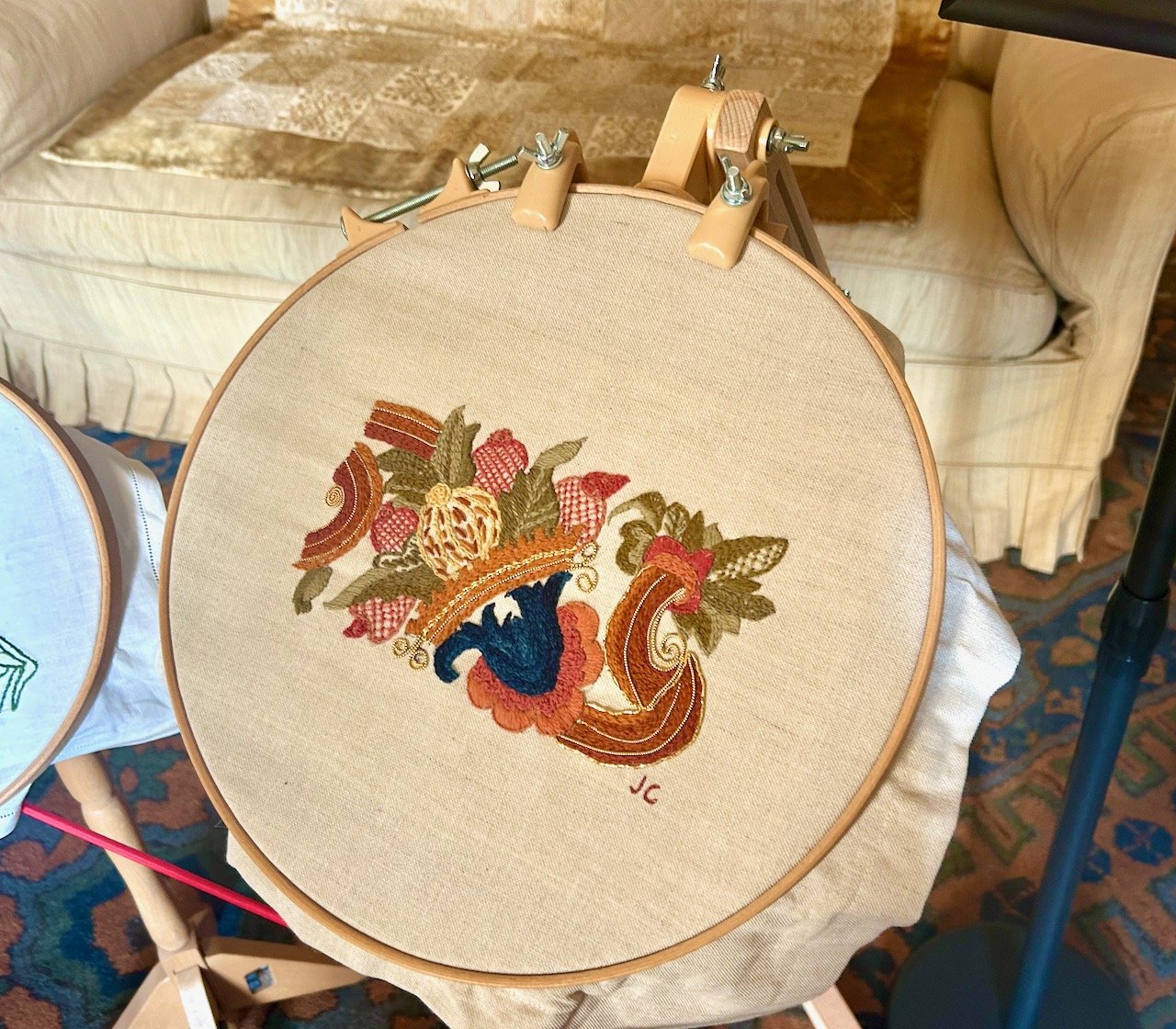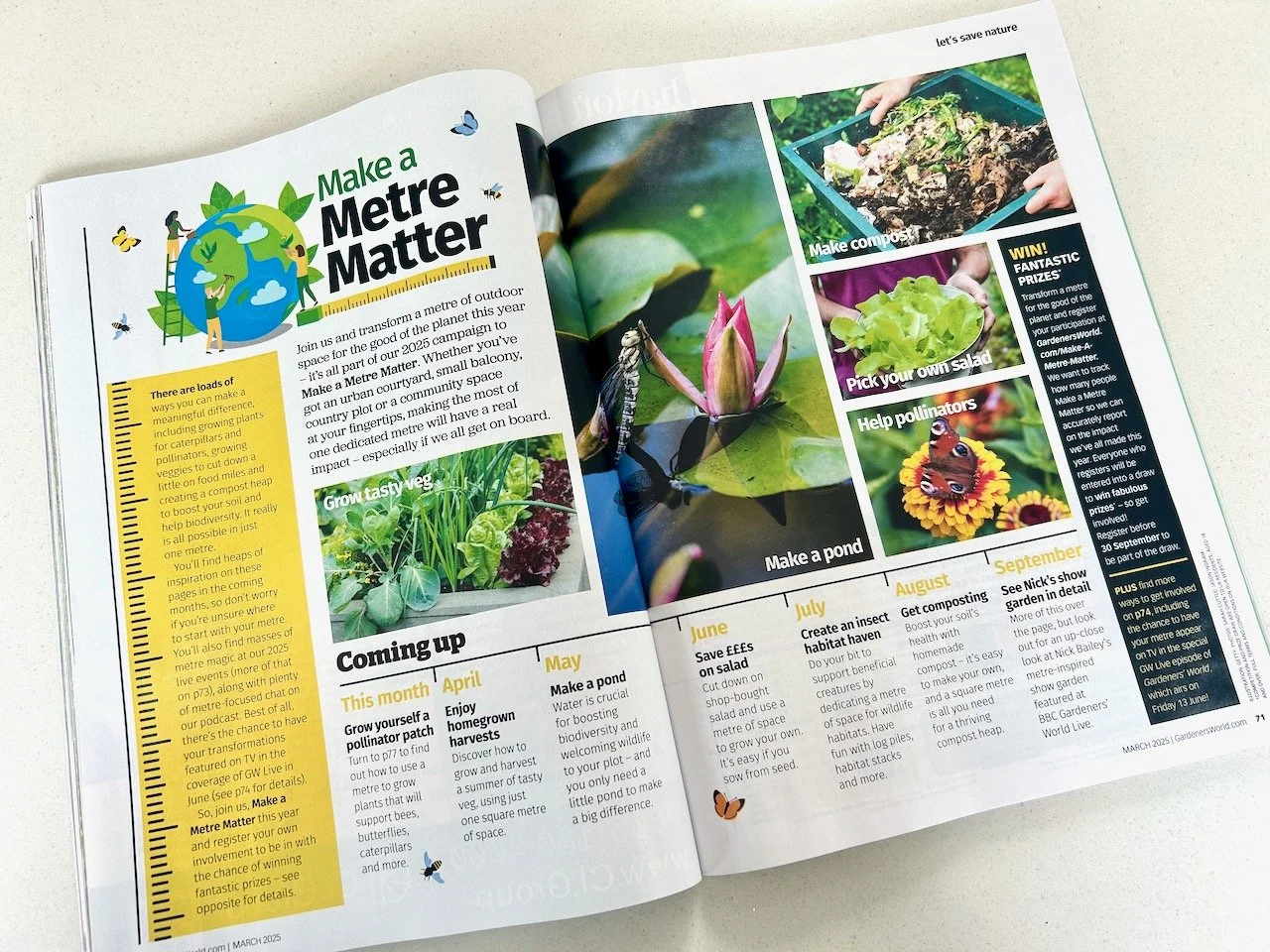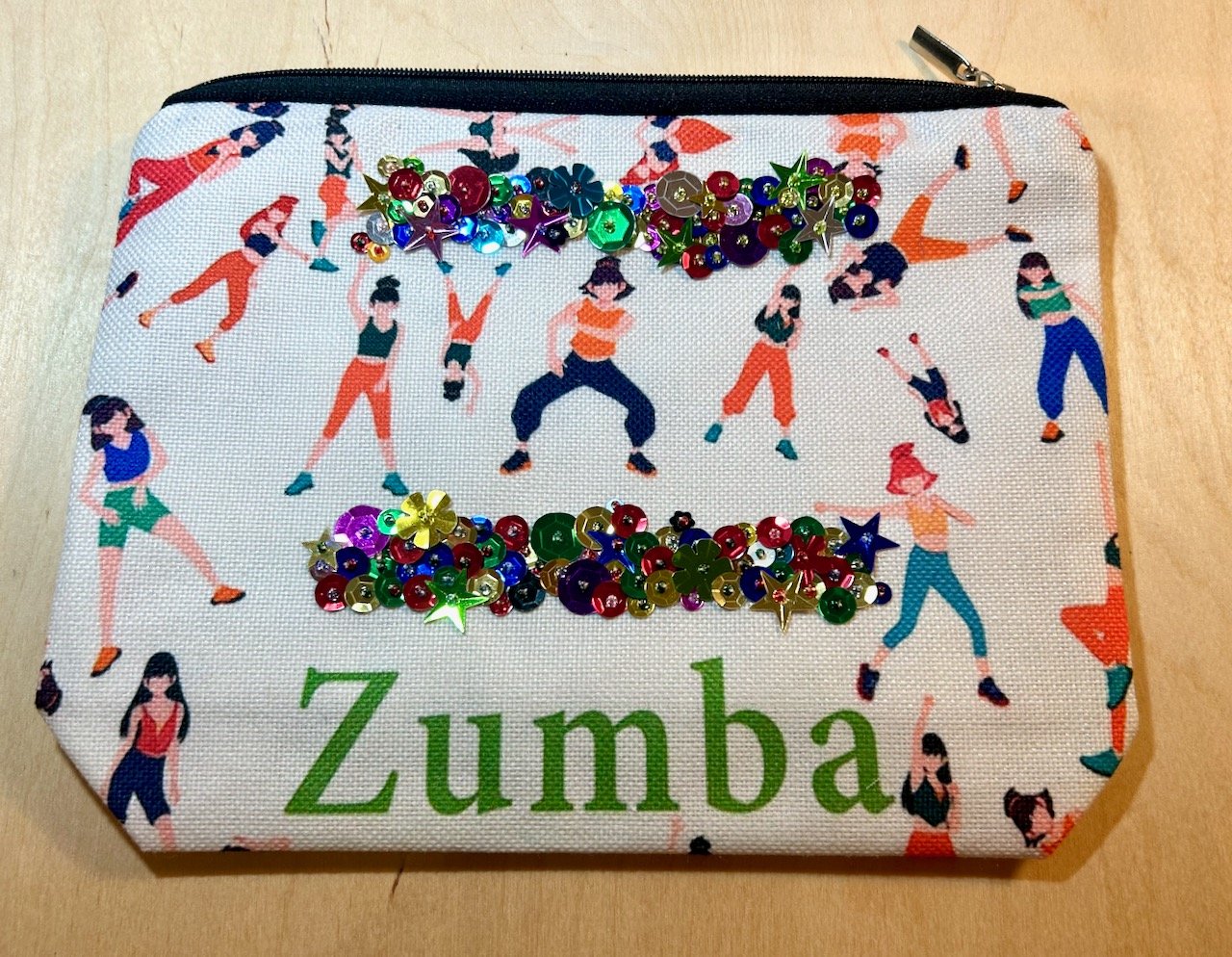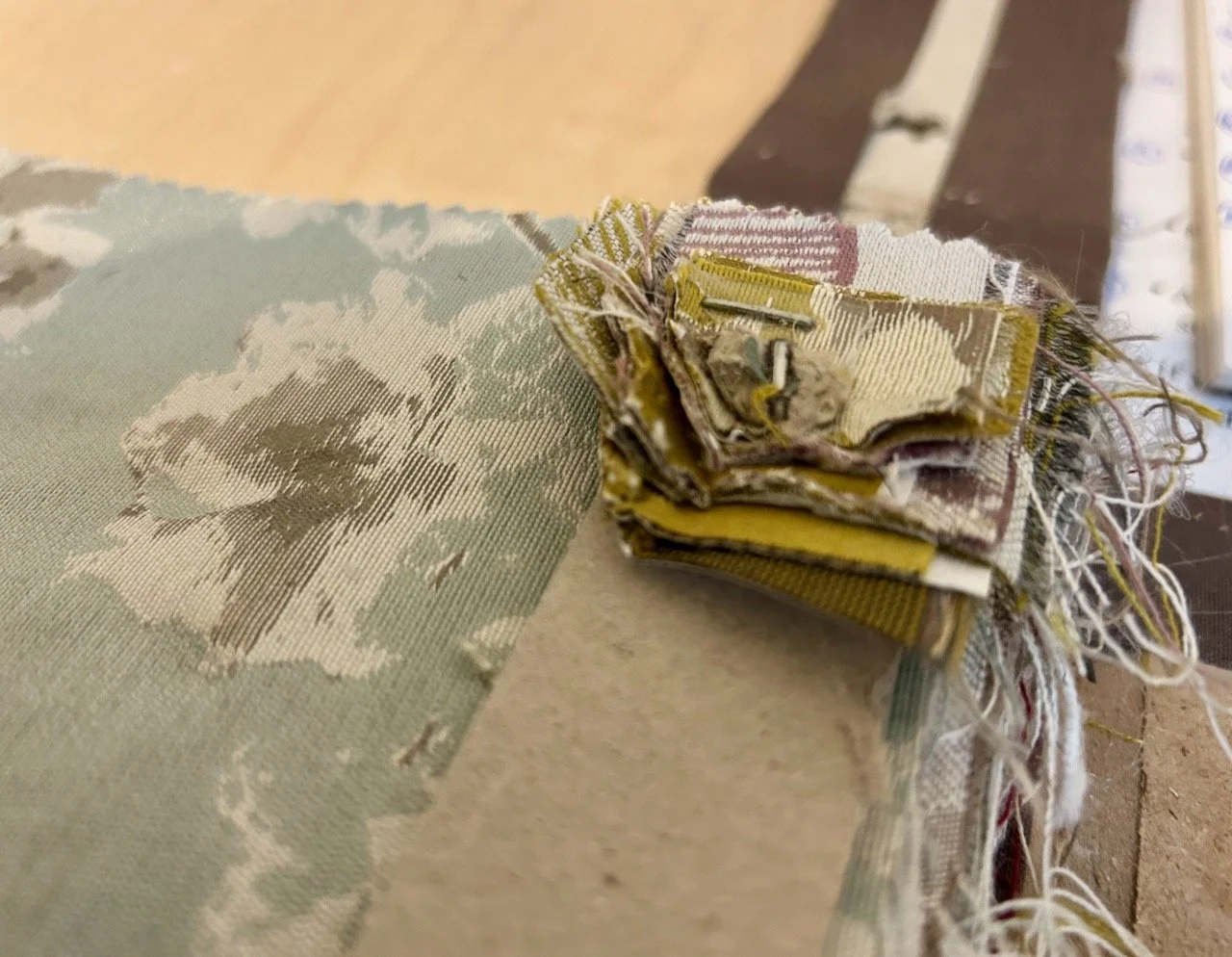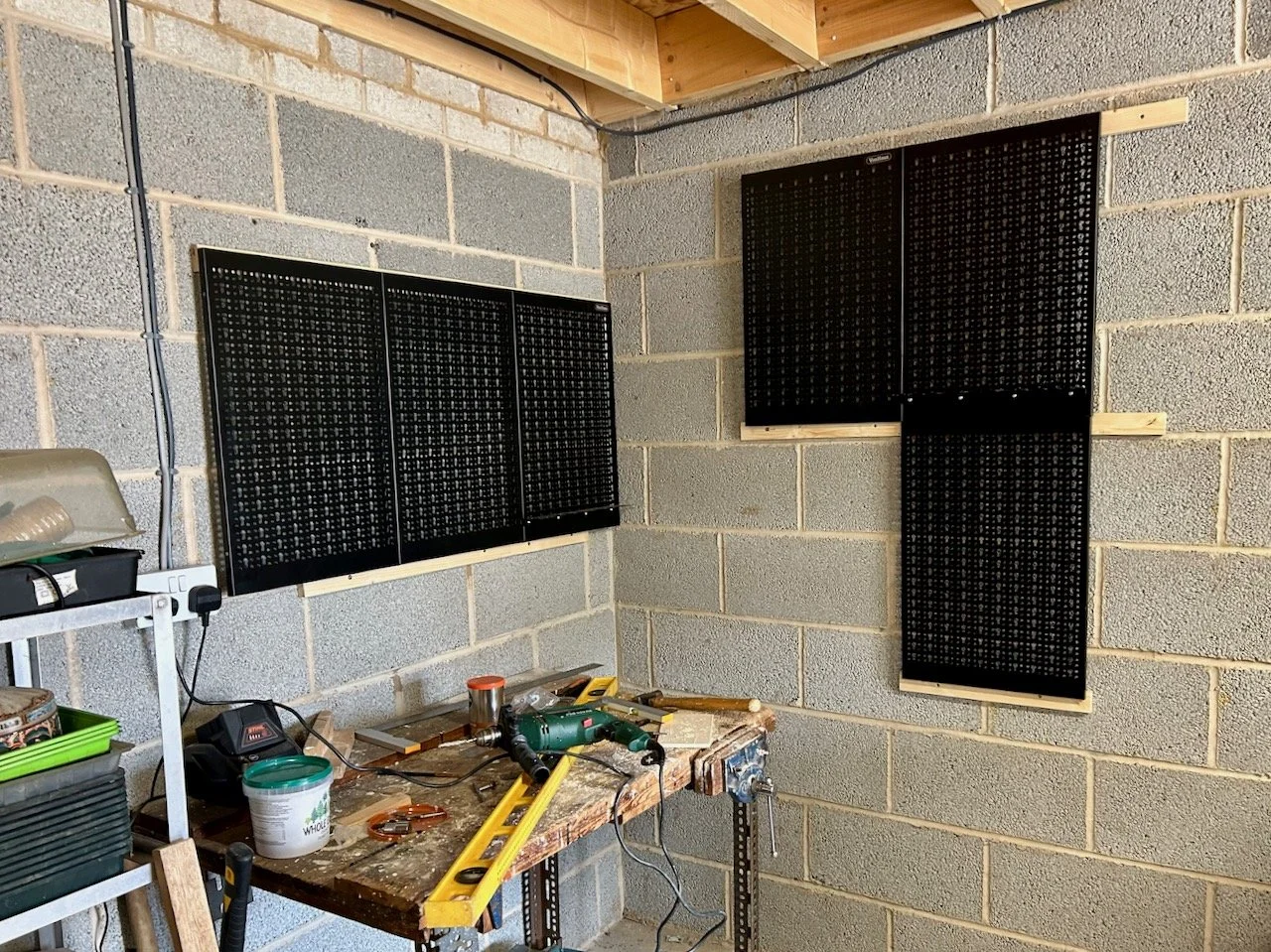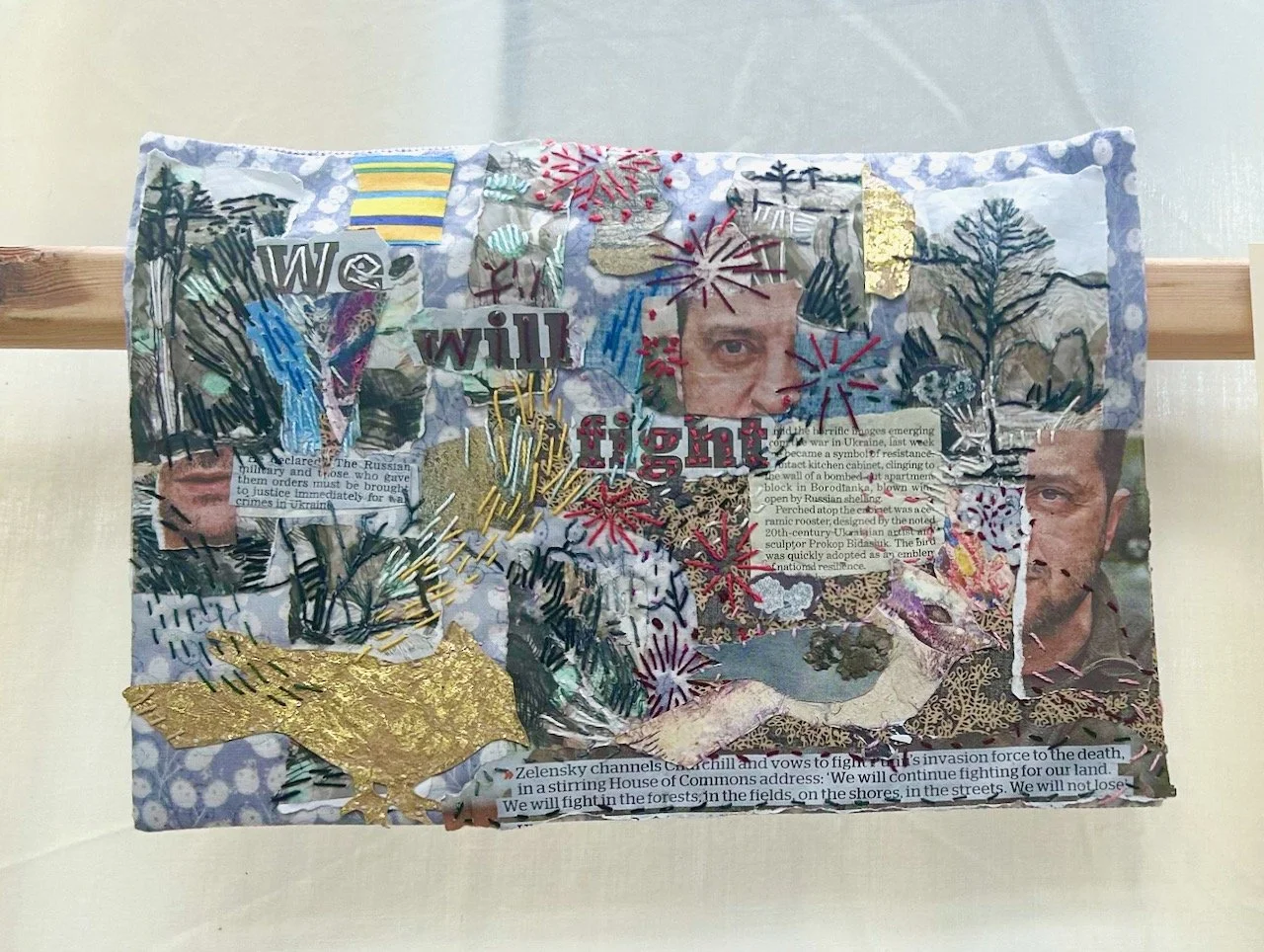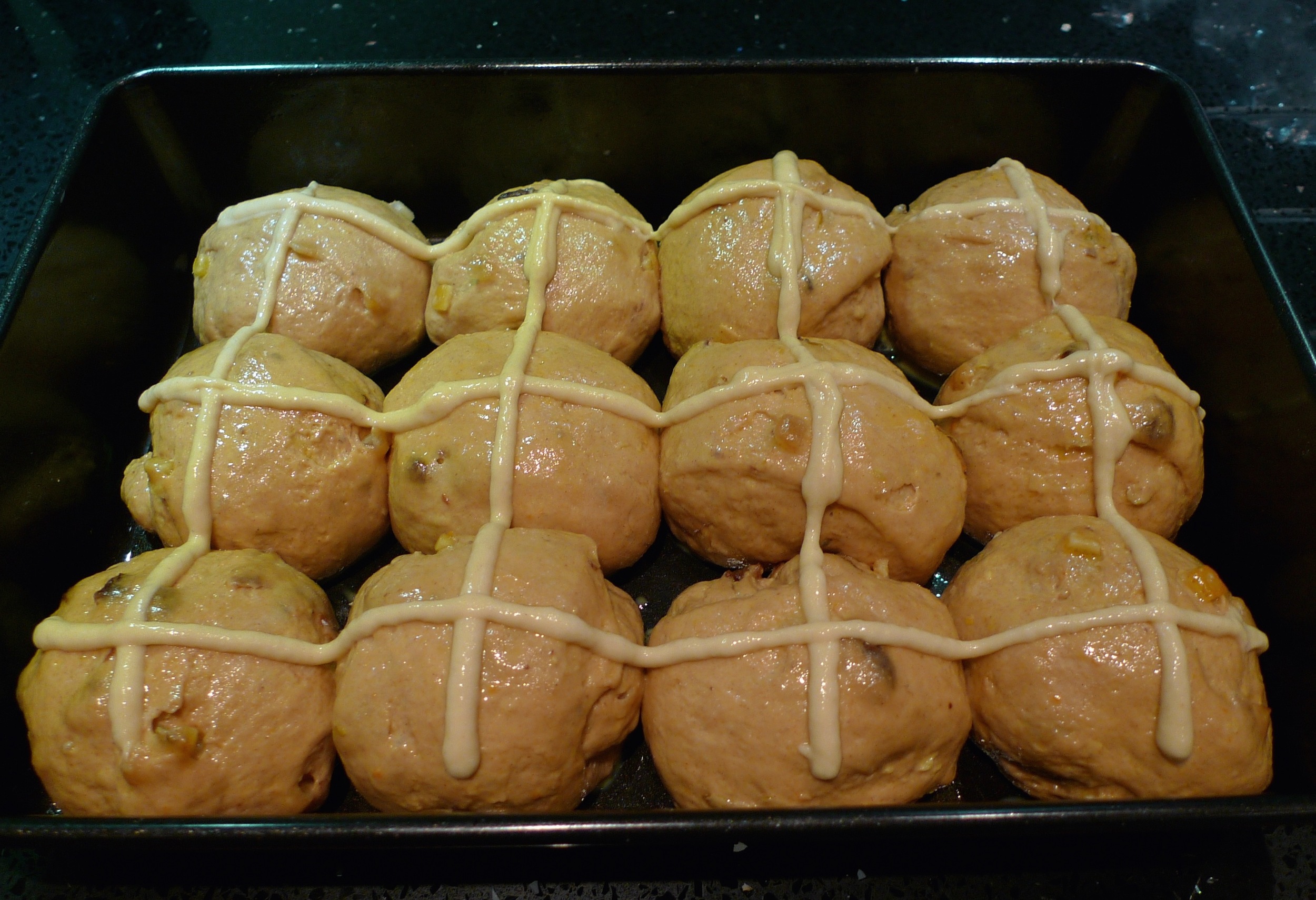Chestnuts are a long time favourite, and especially my mum's Chestnut stuffing which is an absolute must at Christmas. I really must get her to write it down as even though I've tried to replicate it, I've not mastered it yet.
Dulce de Leche is a newer flavour to me - if you've not tried it, it's like a caramel sauce and delicious. I was first introduced to it at our local Argentinian restaurant who do a stunning dulce de leche bread pudding, and it's always worth trying to leave some room to end the meal on. But as they do delicious morcilla and huge steaks that's always tricky!
Making the Hot Cross Buns
Unusually there's dulce de leche mixed into the dough; to help ensure this was evenly mixed I stirred it through the warm milk and warm water mixture, and it gave the dough a warm, caramel colour which isn't surprising.
The upper arm work-out
With all the ingredients mixed, it was time for ten minutes of kneading. Its purpose is to stretch the gluten so the dough rises, but it's also good for an arm work-out! It's amazing that after ten minutes its appearance is so different.
Shaping the buns
The recipe suggests wrapping the dough around the chestnut and dulce de leche mixture but as I think the best way to have Hot Cross Buns is split and toasted I opted to use the mixture once they were toasted.
I had some challenges adding the crosses too, although they are my most successful attempt at crosses to date. I'd chosen a piping nozzle that was just too fine and the mixture struggled to flow out. I gave up at the right time and just before the piping bag burst - I wouldn't have been so happy about that. When I tried with a larger nozzle it was still hard to squeeze out, but much easier than my first go.
But when they came out of the oven, they looked great and I was impressed.
They smelt good too, and we did well to resist trying one straight from the oven!
The Easter tea party
Well it's (almost) Easter, so Easter bunnies, chicks and mini-Easter eggs were all included. And doesn't it look pretty?
And yes, that's a tea cup full of mini-Easter eggs, I didn't want my tea getting cold.
The Hot Cross Buns were tasty too, they kept their caramel flavour and MOH thought they were the healthy brown sort, but the colour has come from the dulce de leche. They tasted better than the shop bought ones do, they had more about them if you know what I mean.
How do you like your Hot Cross Buns?
This is a collaborative post but all opinions are my own.





